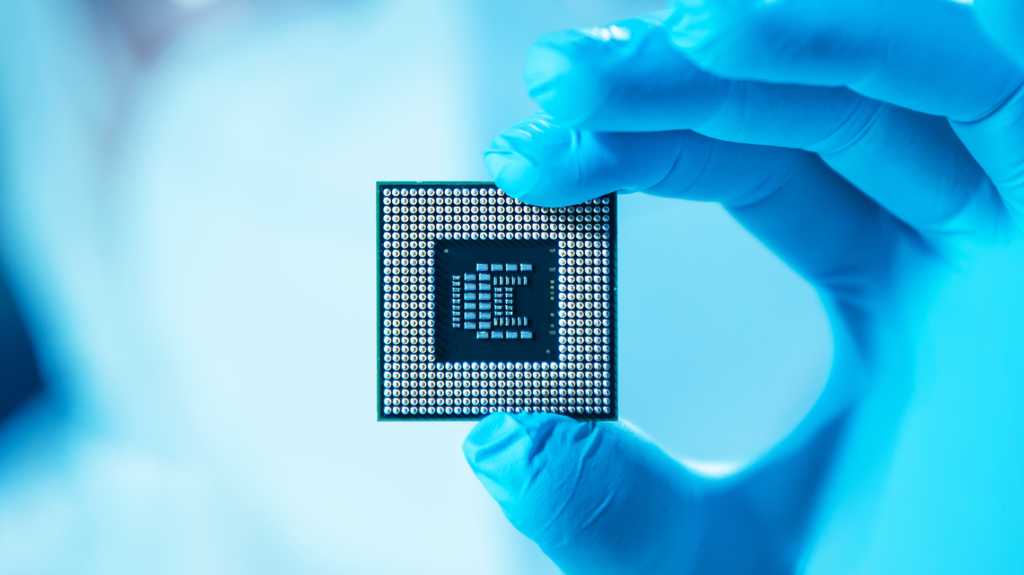The two states that would benefit the most from the CHIPS Act, Arizona and Ohio, went for Trump, and his vice president, JD Vance, is from Ohio. One would figure the Trump administration won’t penalize their loyalty.
“I gotta imagine, given the amount of money that would go into those communities and the number of jobs that [it would] create, that the Republicans would push back and say, ‘Hey, wait a minute. This money is already spent. Leave it alone. We can’t take that back from our constituencies,’” says Jack Gold, principal analyst with J.Gold Associates consultancy.
Another issue is Trump’s suggested solution: tariffs.
Gold notes that tariffs are a penalty, while the CHIPS Act is an incentive. Incentives, he says, almost always work better than penalties in getting things done and getting people (and companies) to do what you want them to do. It may take a bit longer, but it’s more effective and sustainable.
“He thinks the way to get everyone to [build fabs in America] is if he puts a 20% tariff on chips, then everyone will run to America and build the plants here. That’s not going to happen,” Gold notes.
Gelsinger: Where’s my money?
Meanwhile, Intel awaits its CHIPS Act disbursements.

